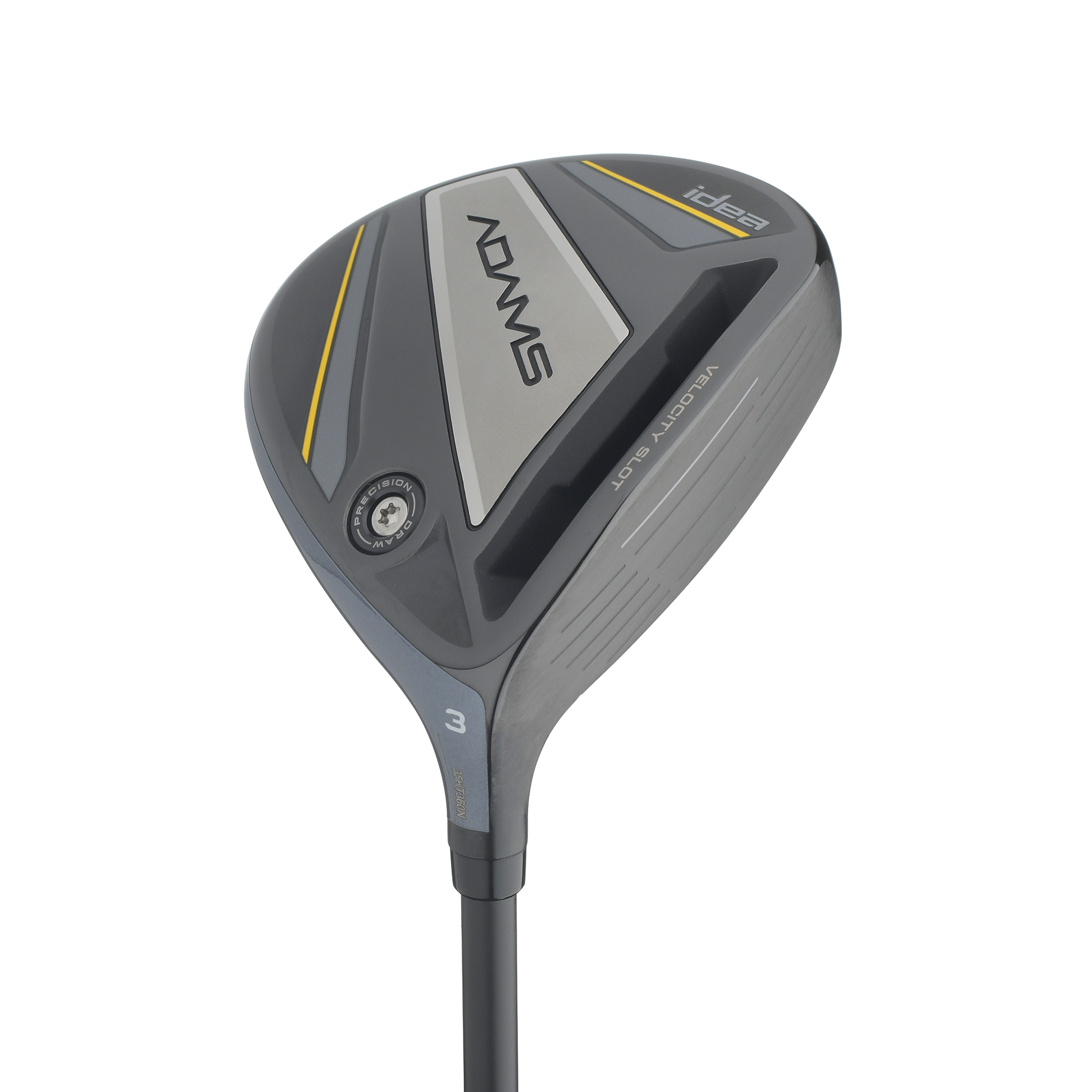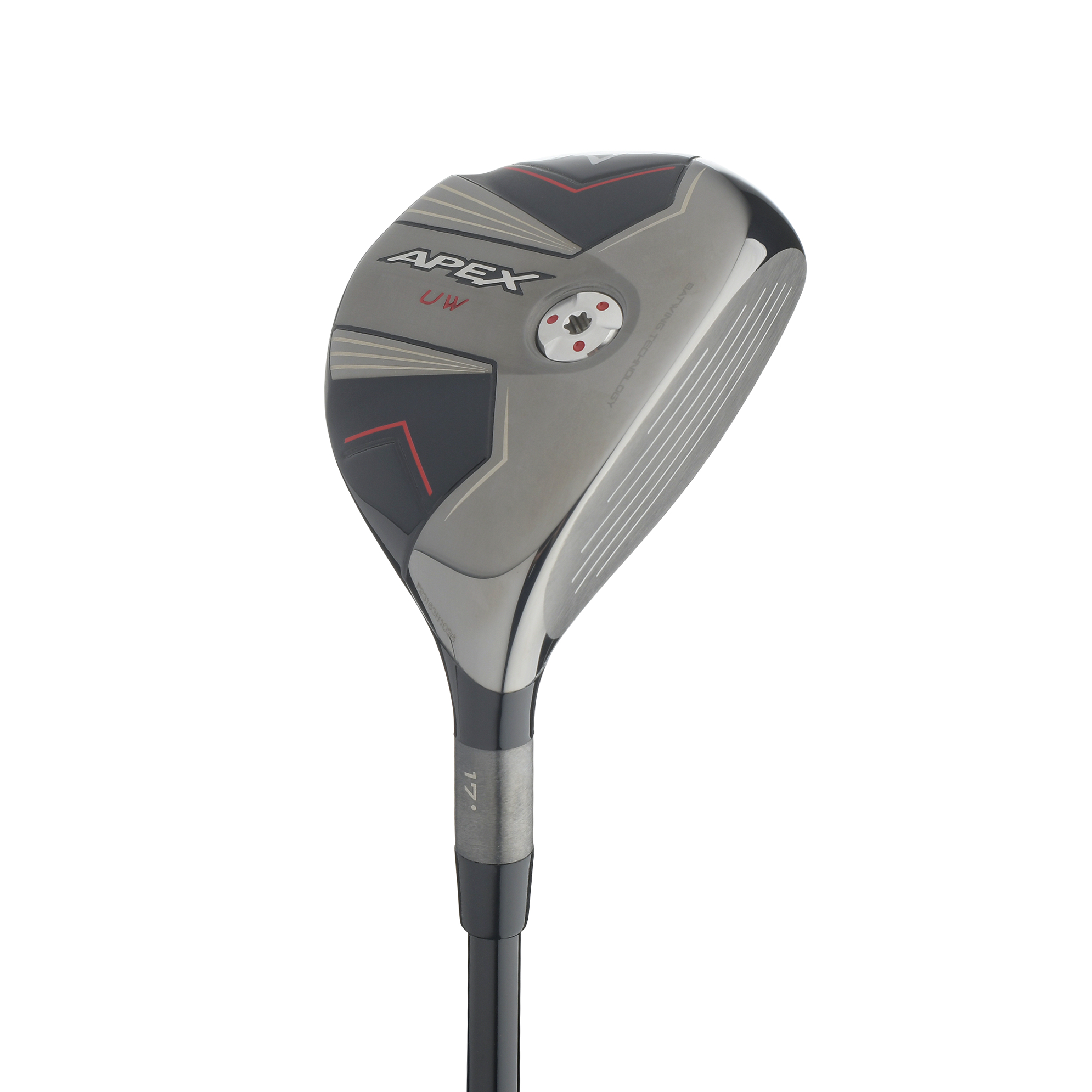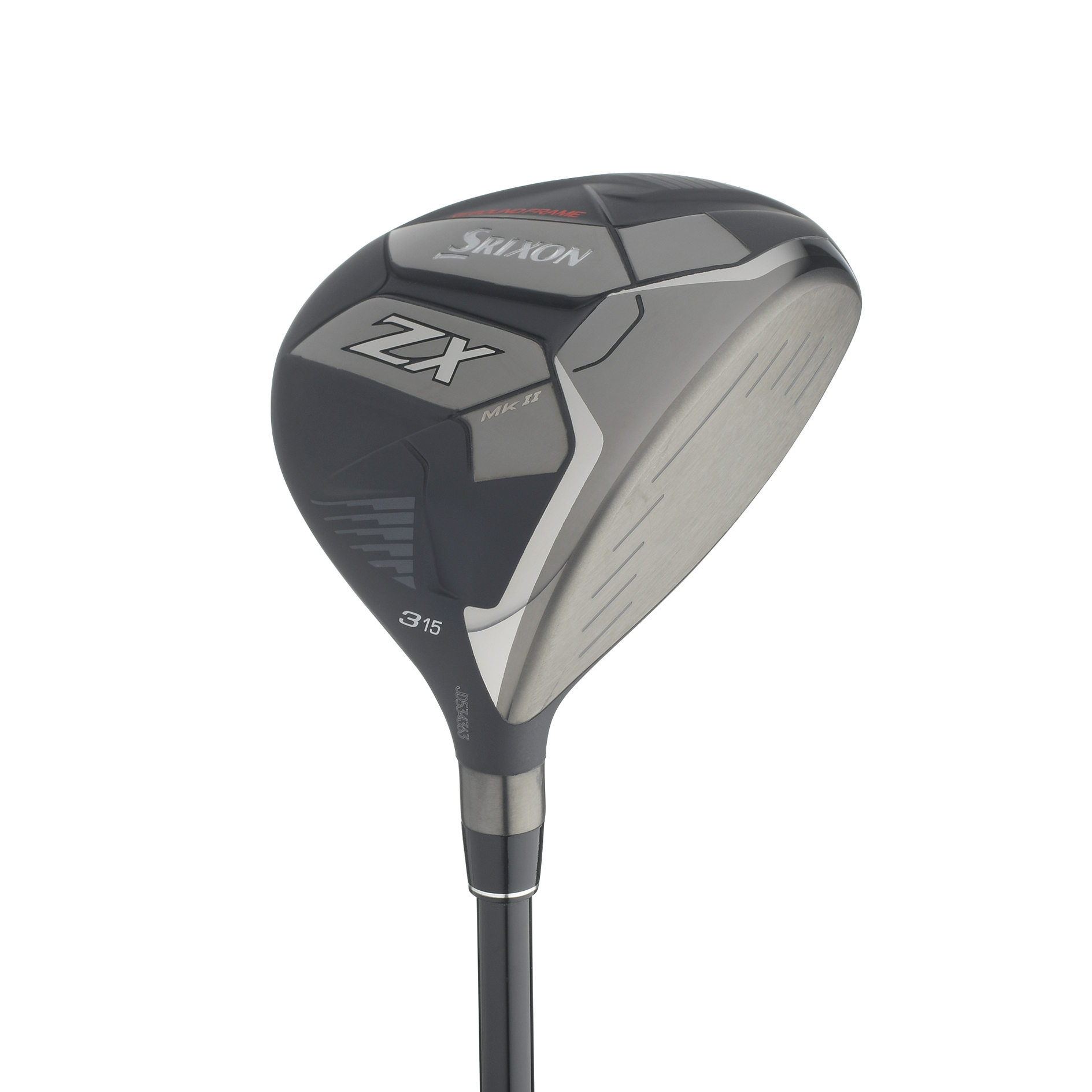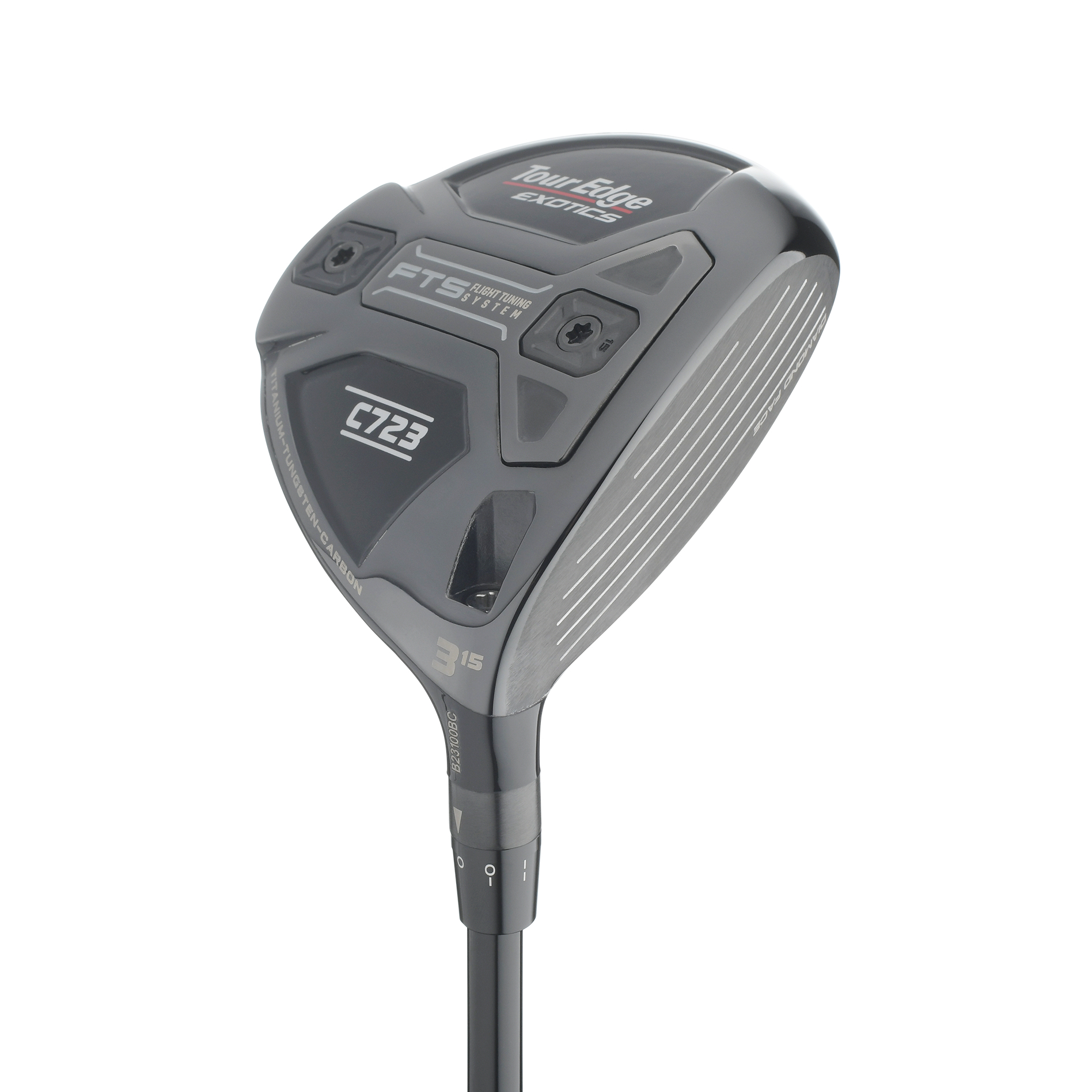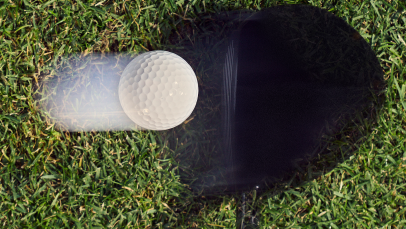


Why We Like It
It sounds exceptional to build a fairway wood with the expanding possibilities of artificial intelligence, but a worthy design needs the best input of machine and human to truly elevate the standard. Wilson’s team used supercomputers and thousands of simulations to uncover the precise levels of varying thicknesses on the face to maximize ball speeds. Engineers also sought the wisdom of tour players. Their input on the flatter profile and shallower face improved the versatility so that more players of all skill levels could take advantage of that high-tech, high-speed face.
Characteristics
- The high-strength steel alloy in the face uses a variable-thickness design developed through artificial intelligence.
- A centered 12-gram weight in the rear perimeter improves stability on off-center hits and boosts launch.
- Tends to launch higher with slightly above-average spin.
- 15, 18, 21 degrees (with a fixed hosel)
Highlights
- Top 5 highest-flying fairway woods, middle-handicaps
- Top 5 highest-flying fairway woods, low-handicaps
Price
$250
HOT LIST PLAYERS FEEDBACK
Ratings are based on players’ assessments in three key performance areas.
Reviews
An extremely forgiving club with a draw bias. If you know that going in and play for it, the club will produce little draws over and over.
Thomas, 59, Handicap: 7This is lightweight and delivers good distance with no extra spin, which is nice. It has great turf interaction, and my mis-hits are playable. Loved the power it has.
Paul, 62, Handicap: 4Nicely blacked-out head framed by the red perimeter line. Blasted the ball off the face. Great spin on the lower end that held the line. Plenty of distance and pop. Straight shots all day. Turf interaction was smooth.
Scott, 36, Handicap: 14Swing Your Fairway Wood with Confidence
One of the more difficult shots amateurs face is the long approach that requires a fairway wood. Most players aren’t confident hitting a 3-wood off the ground, and they don’t practice the shot enough to build confidence. In this video, Jason Birnbaum shares his best confidence-building techniques and tips on how to make a solid contact with these long clubs.
Featured In
Related Clubs
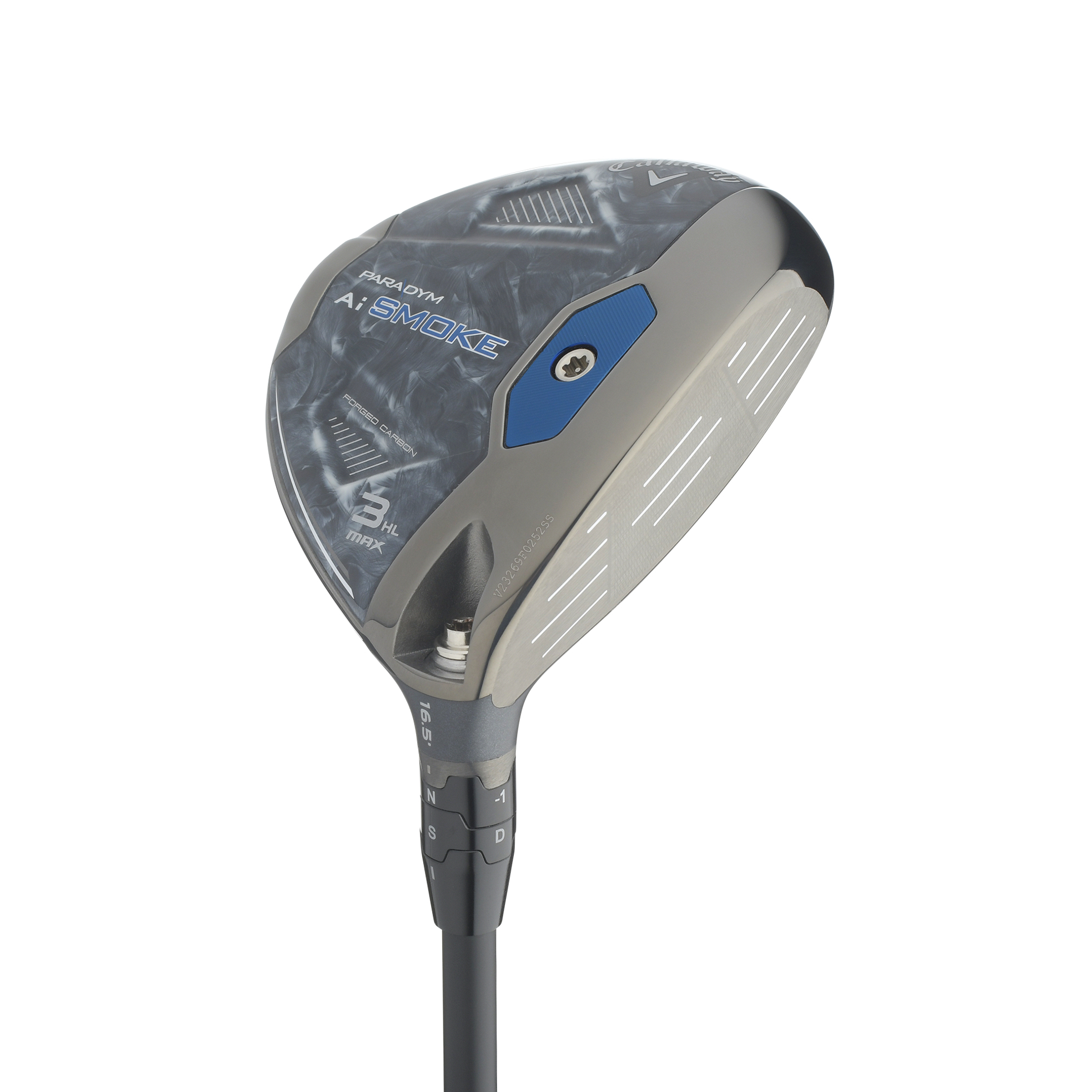
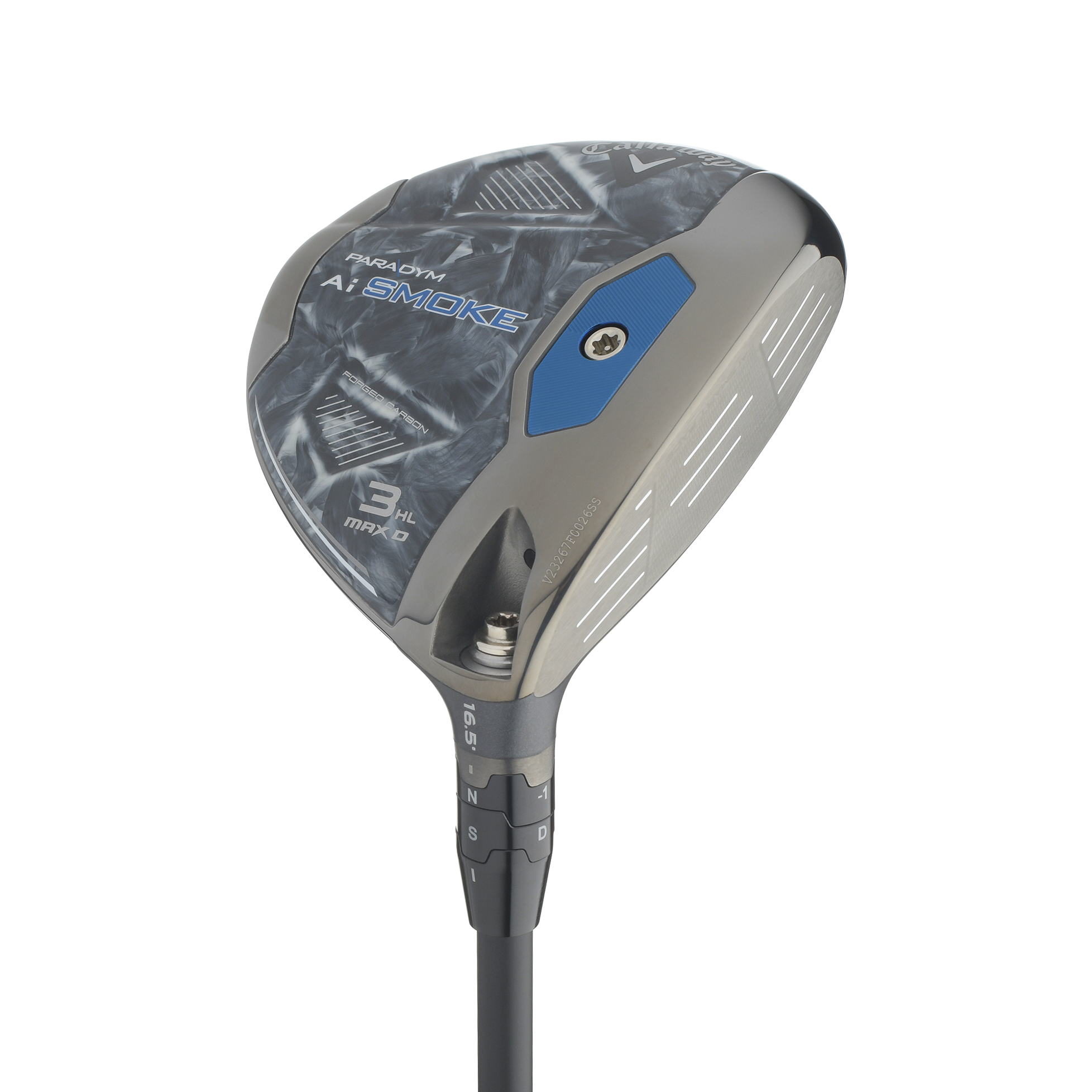
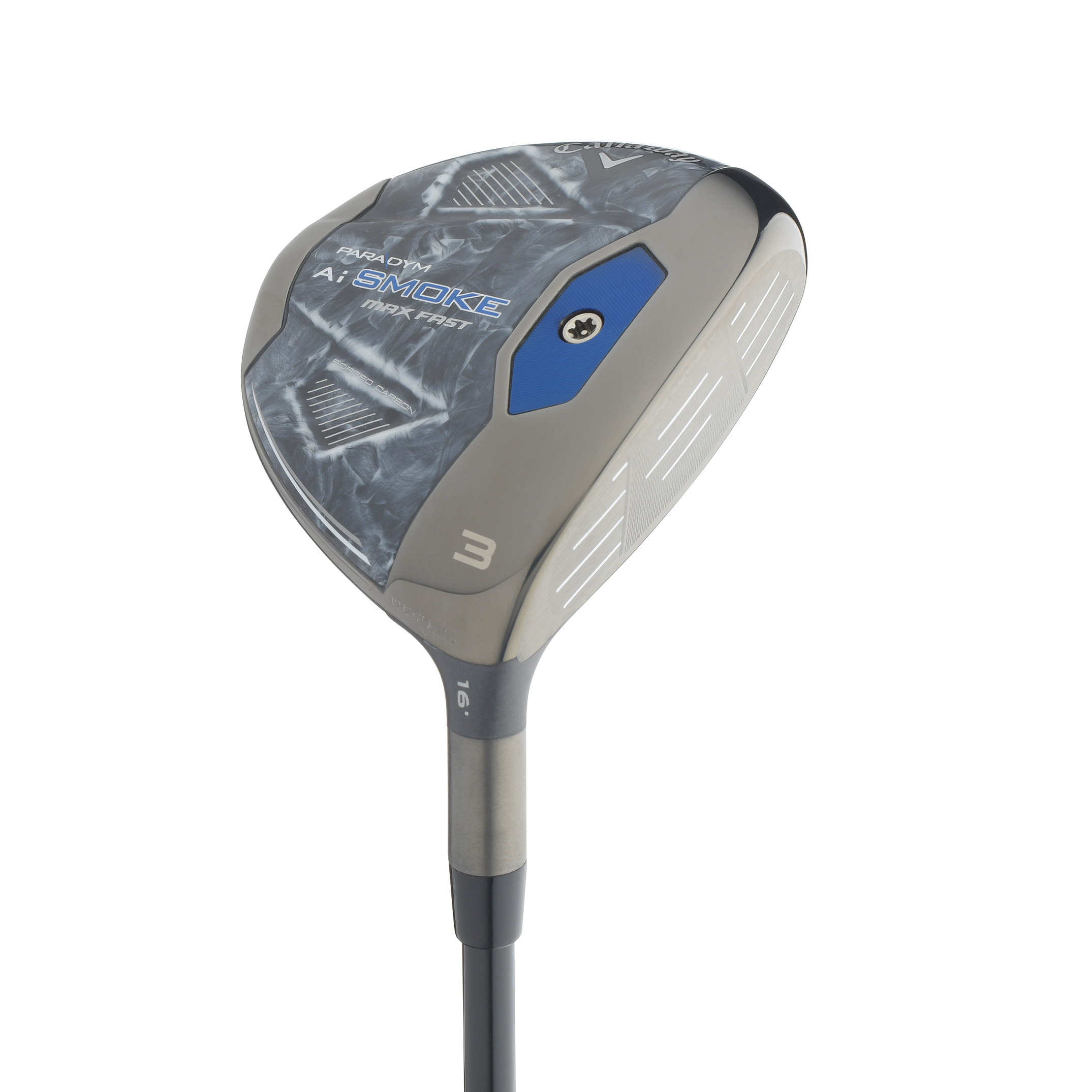
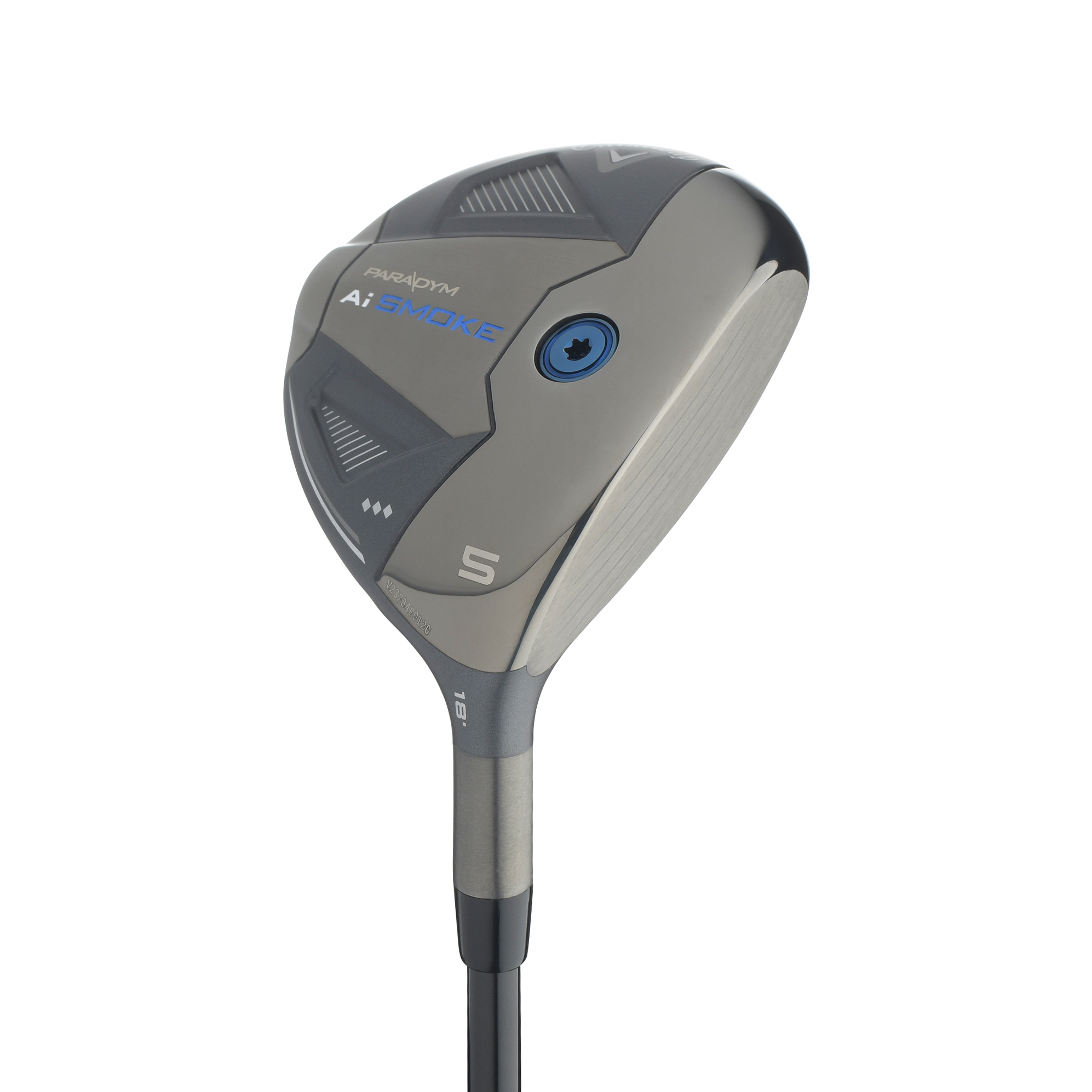
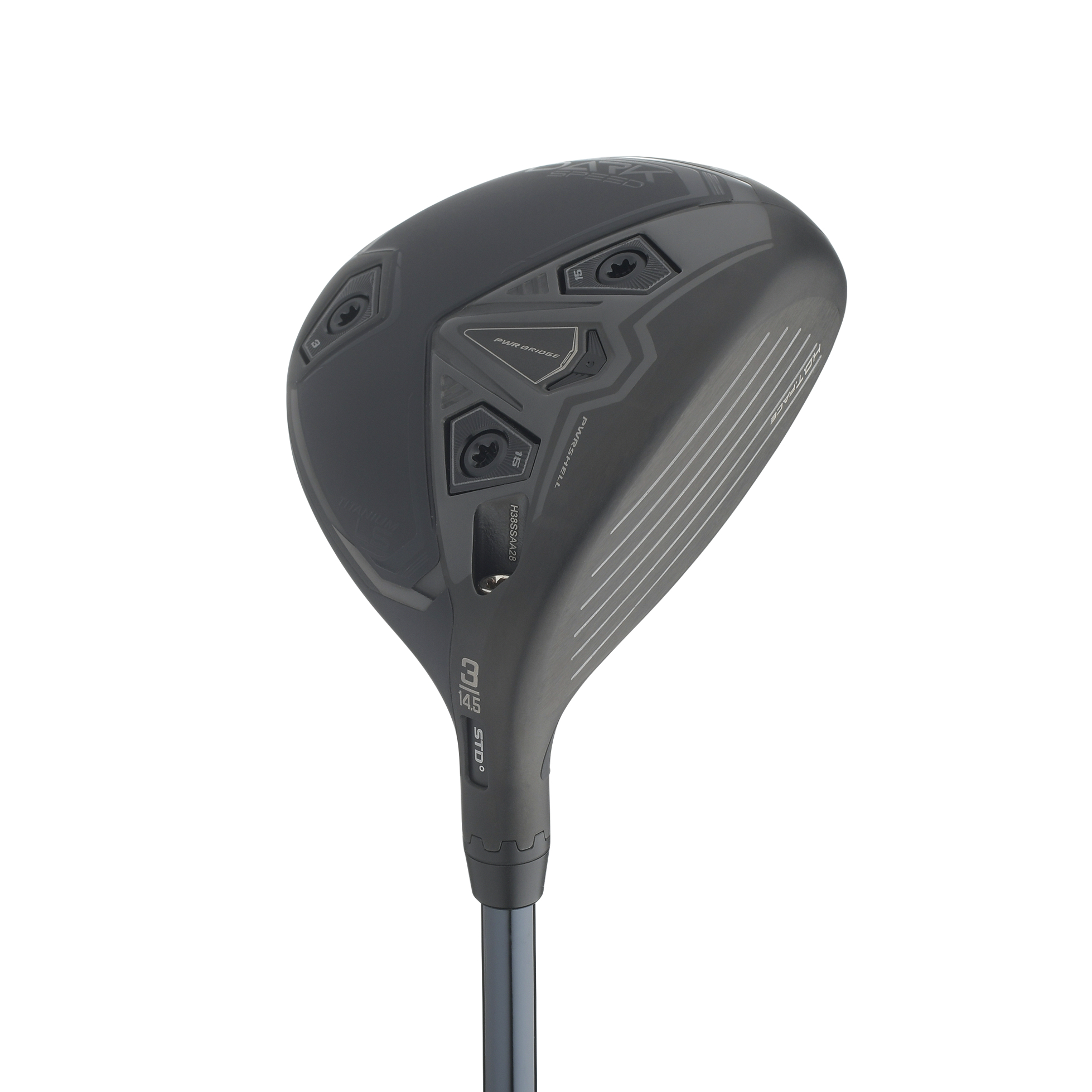
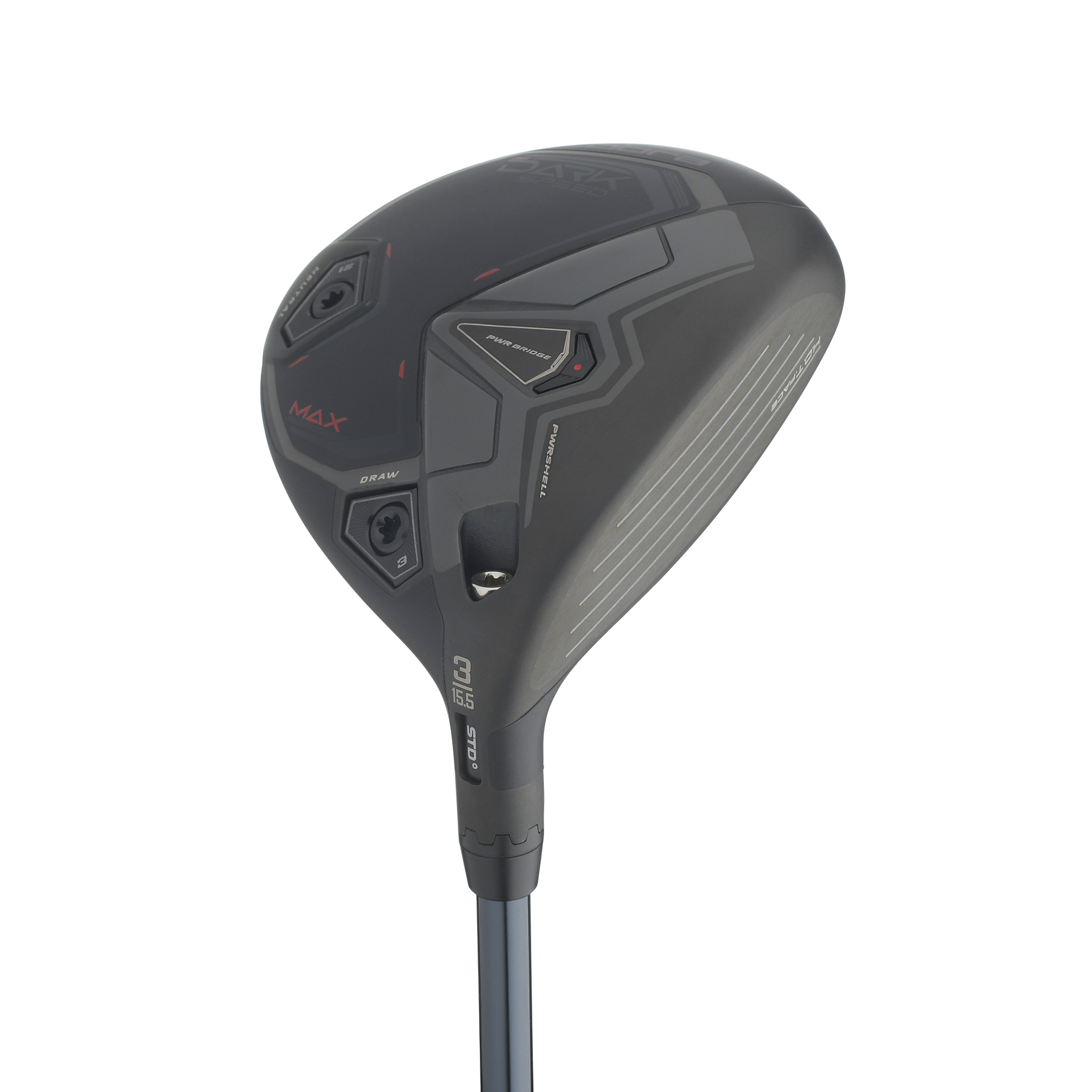
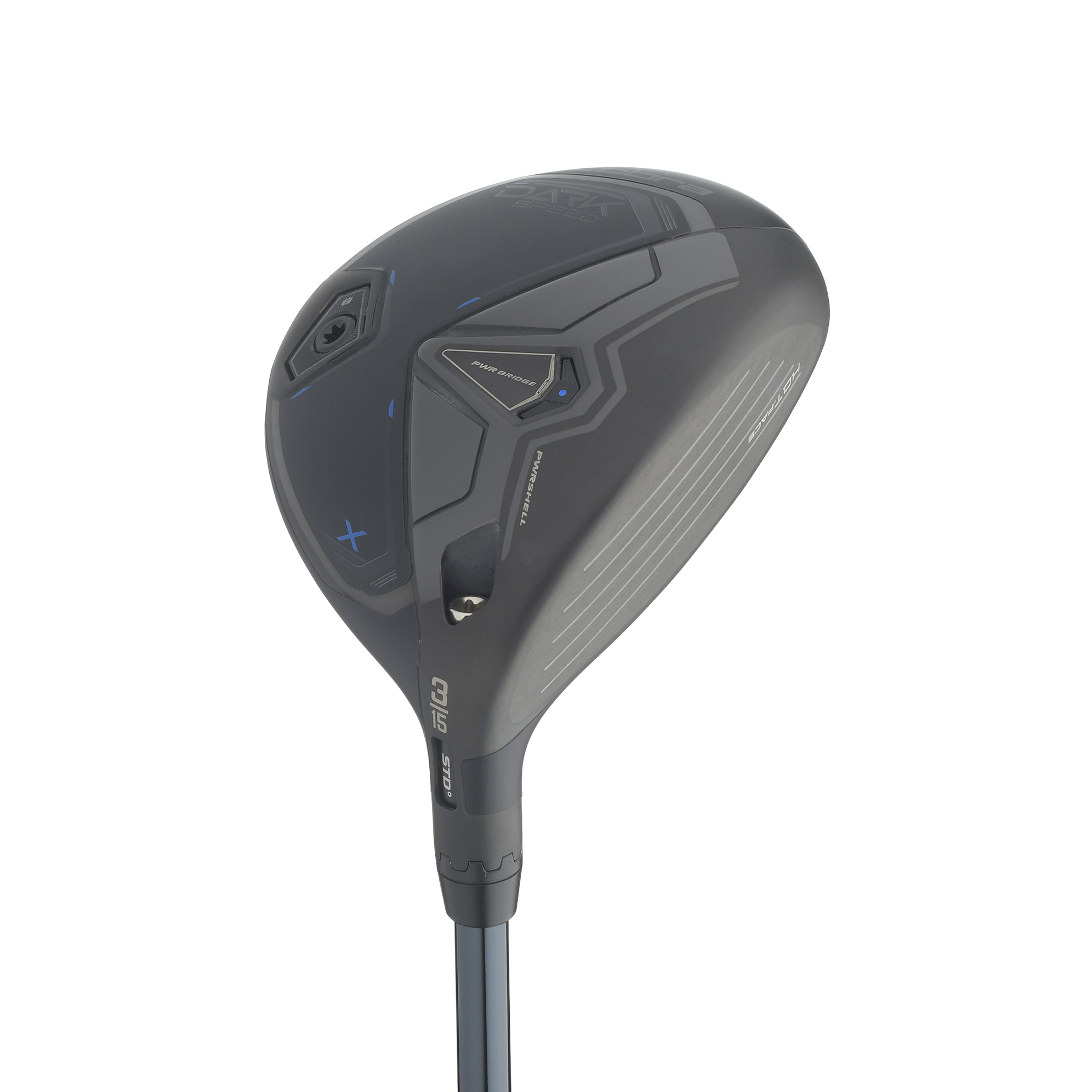
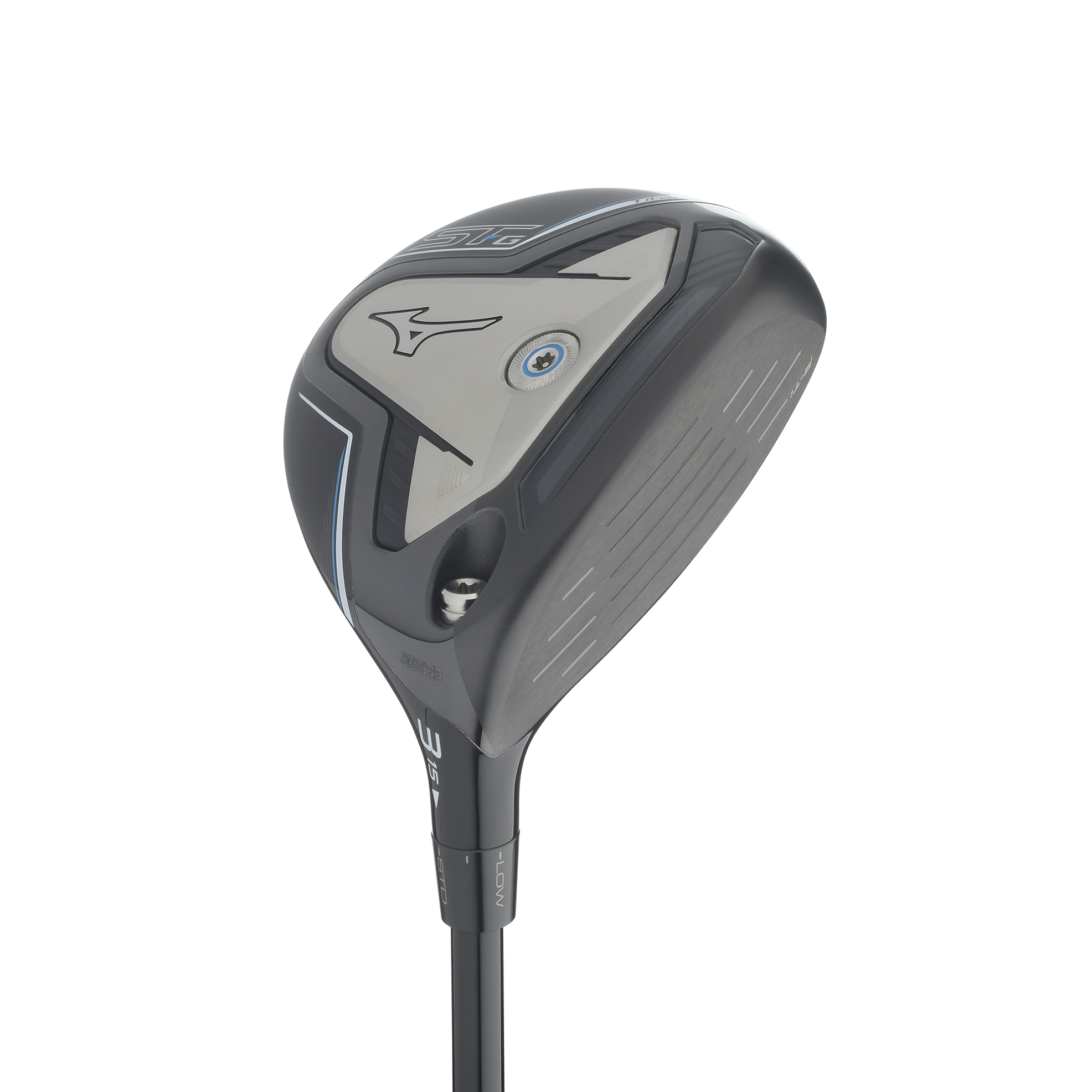
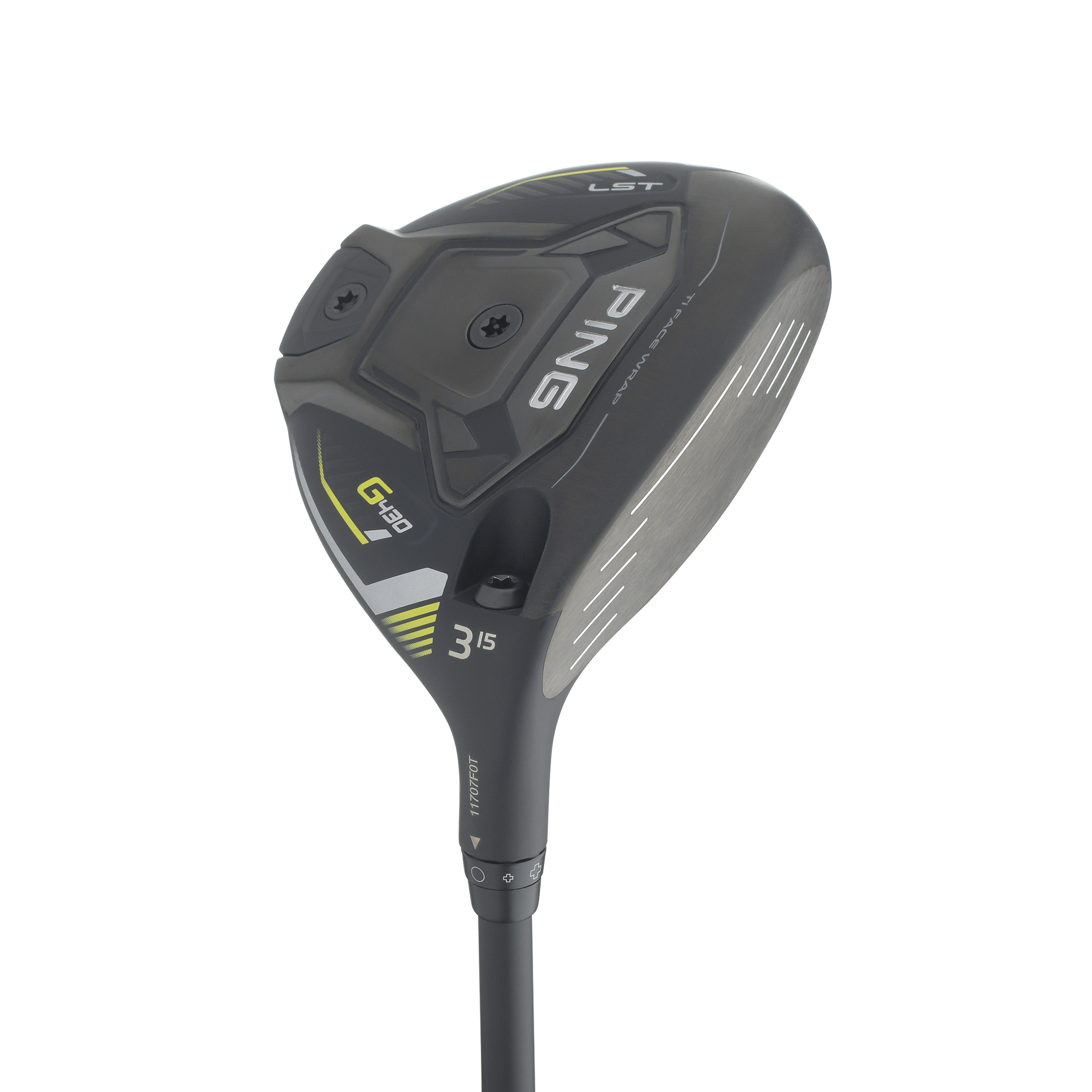




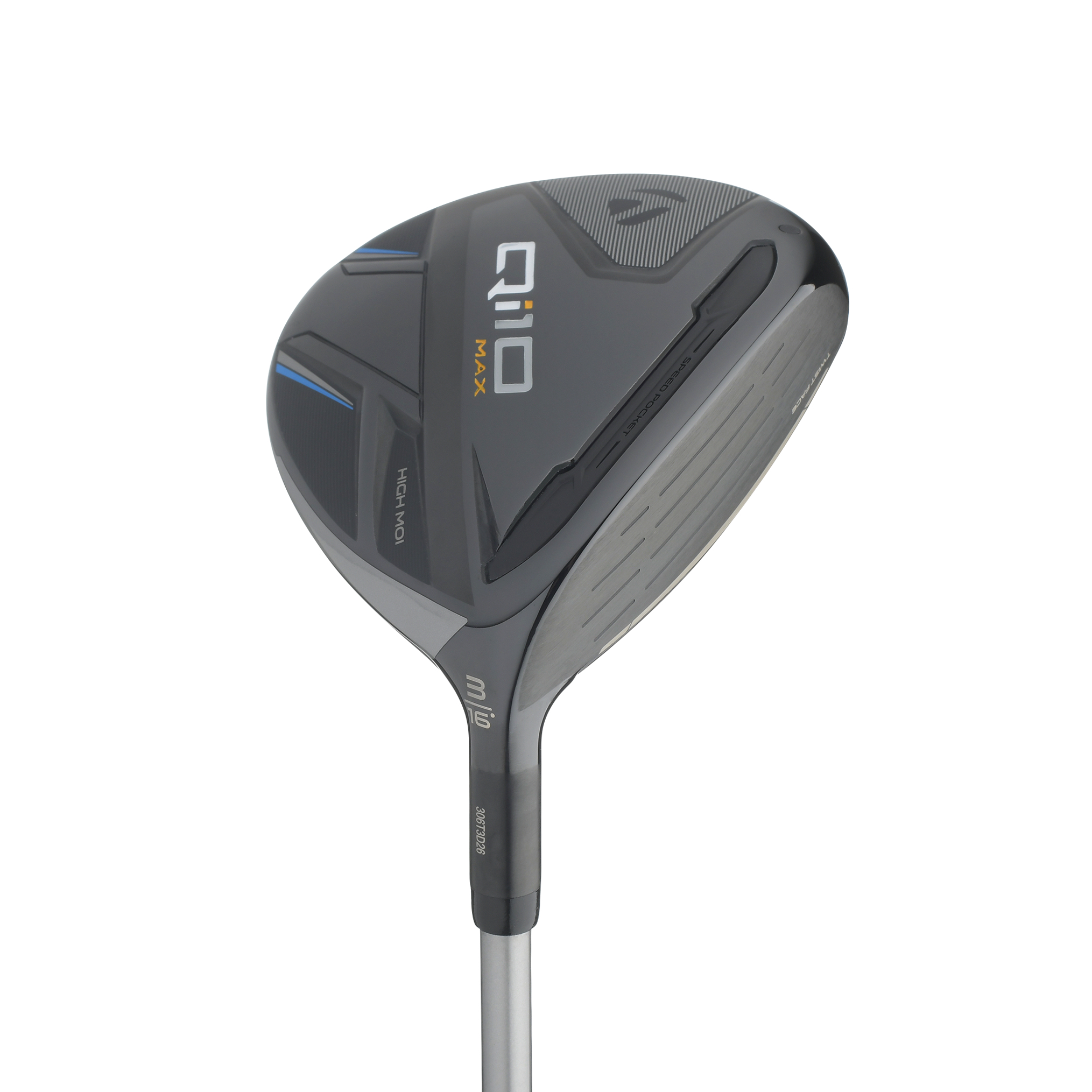

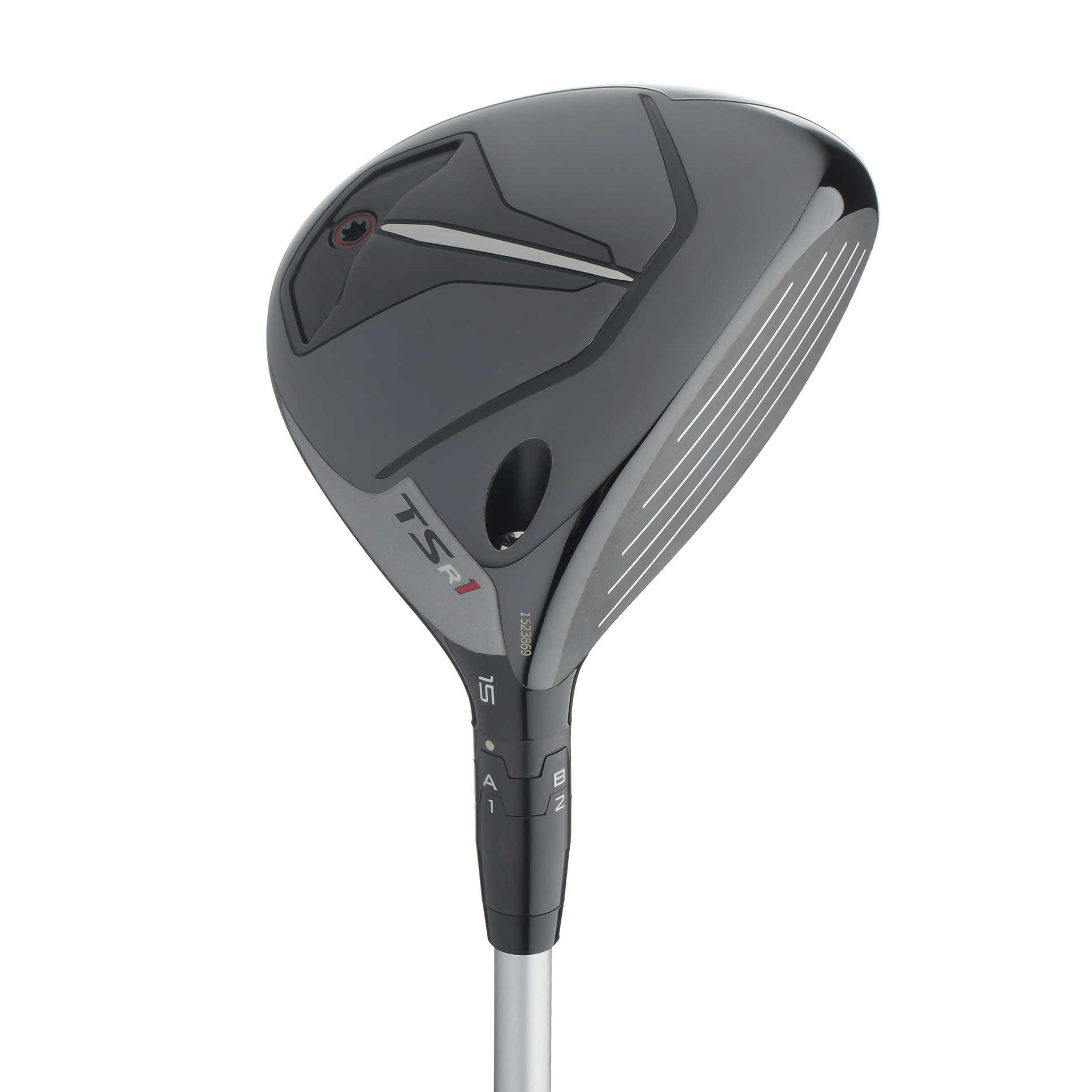
.jpg)


